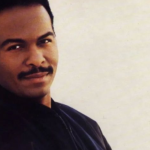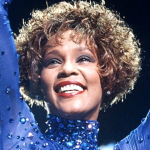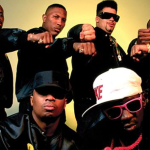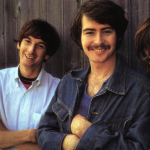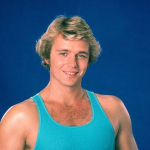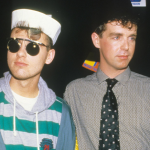The Longest Day (1962)
- music
- September 20, 2024

The Longest Day (1962) is an epic war film that meticulously chronicles the events of D-Day, June 6, 1944, when Allied forces launched the largest amphibious invasion in history on the beaches of Normandy. Directed by multiple filmmakers, including Ken Annakin, Andrew Marton, and Bernhard Wicki, and produced by Darryl F. Zanuck, the film is based on the 1959 book of the same name by Cornelius Ryan. With a sprawling ensemble cast that includes John Wayne, Henry Fonda, Robert Mitchum, Sean Connery, and Richard Burton, The Longest Day offers a comprehensive look at the pivotal day that marked the beginning of the end for Nazi Germany.
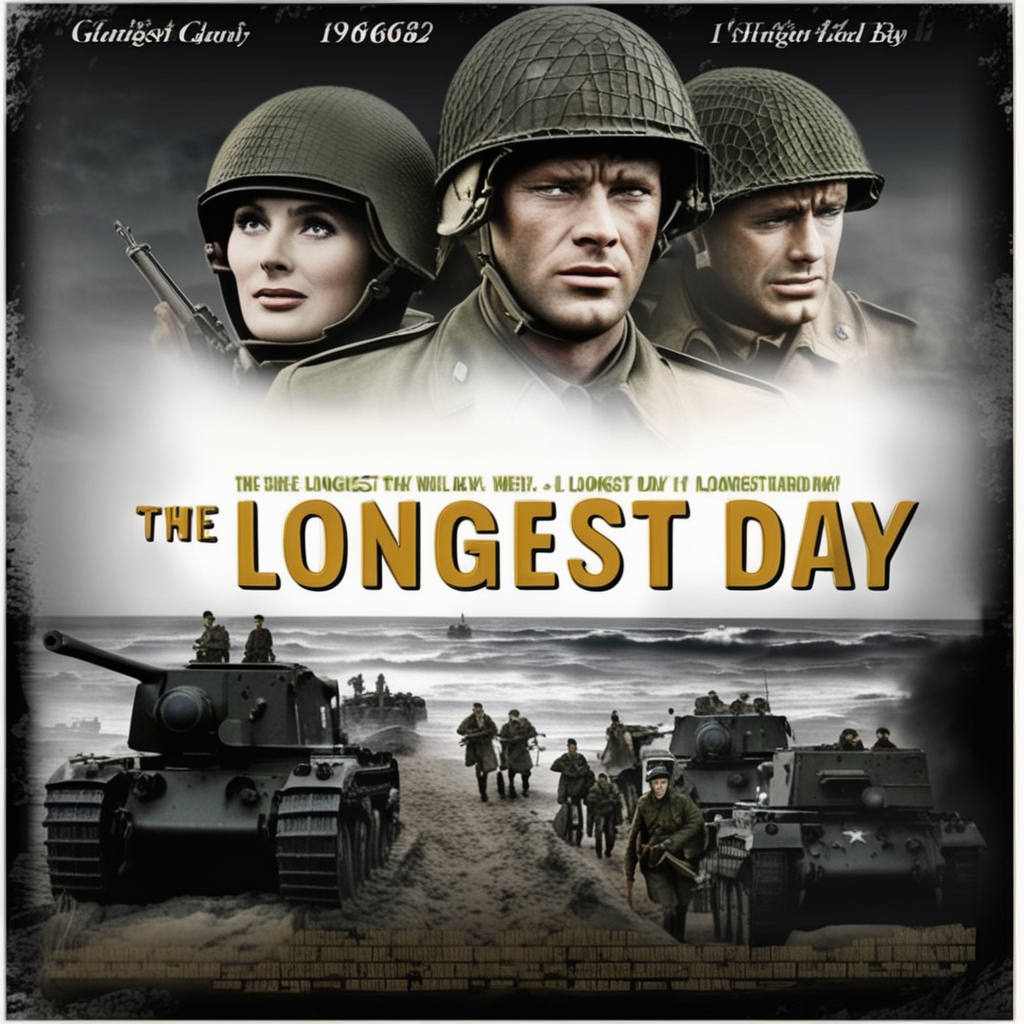
One of the defining characteristics of The Longest Day is its attention to historical accuracy. The film is shot in a semi-documentary style and is noted for using multiple languages—English, German, and French—ensuring that each side of the conflict is portrayed authentically. It covers the invasion from various perspectives, including those of the American, British, French, and German forces, giving a balanced and multifaceted depiction of the events. This approach allows viewers to witness not only the military operations but also the emotional toll and the personal stakes for soldiers and civilians alike.
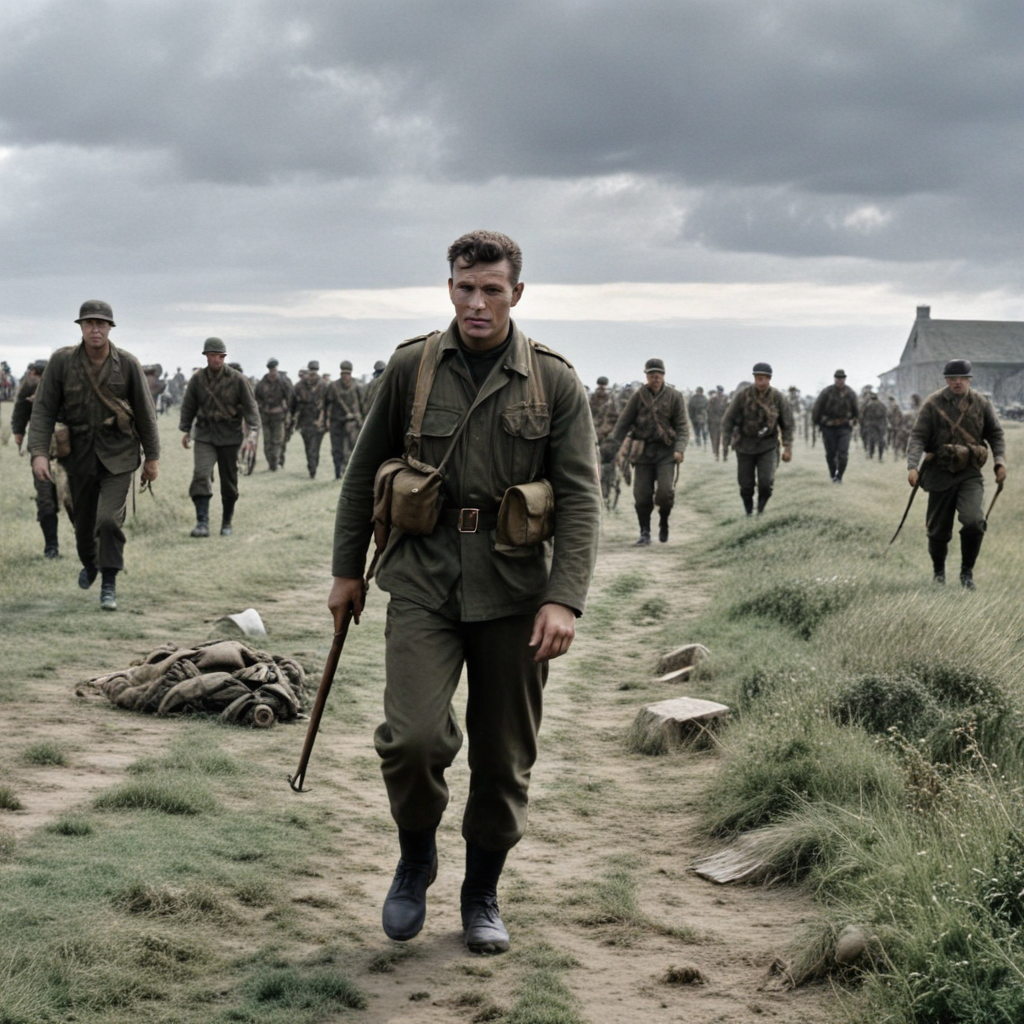
The film’s depiction of the D-Day landings is both expansive and immersive. The Omaha Beach sequence, where Robert Mitchum’s character, Brigadier General Norman Cota, leads U.S. troops through heavy fire, is one of the standout moments of the film. The sheer scale of the battle scenes is impressive, with thousands of extras and detailed recreations of the landing craft, aircraft, and military equipment used during the invasion. The use of black-and-white cinematography adds a gritty, realistic quality to the film, enhancing its documentary feel.
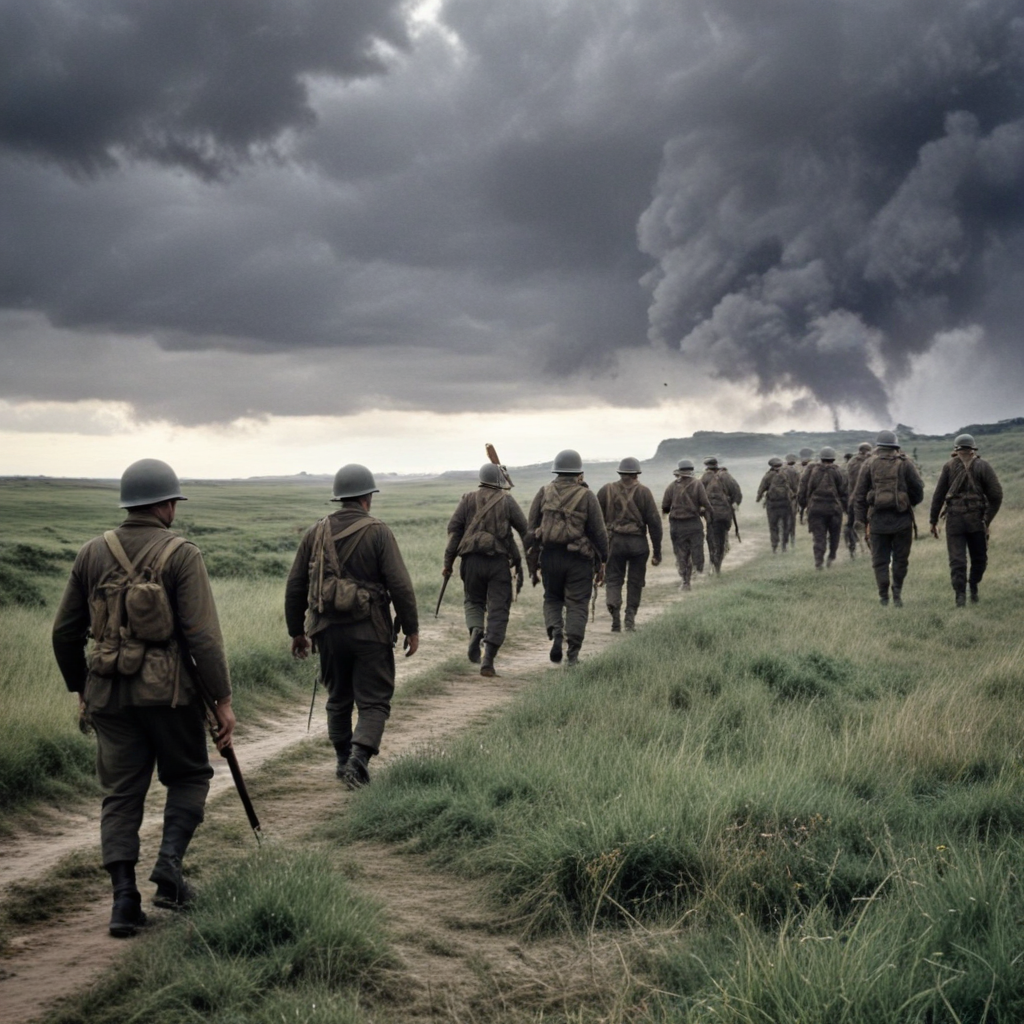
Another significant aspect of The Longest Day is its ensemble cast. With actors like John Wayne portraying Lieutenant Colonel Benjamin Vandervoort and Henry Fonda as General Theodore Roosevelt Jr., the film features a star-studded lineup of some of the most famous actors of the time. Their performances, while occasionally heroic and idealized, capture the gravity of the historical moment and the bravery of the soldiers involved. The film also includes appearances from international actors such as Curd Jürgens and Gert Fröbe, adding depth to the German side of the narrative.
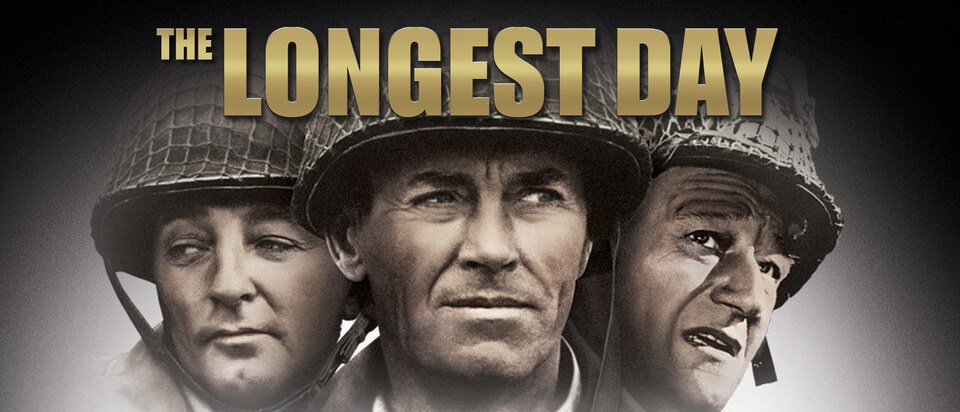
While the film focuses heavily on the military operations of the Allies, it also gives glimpses of the tension within the German high command as they struggle to respond to the invasion. The portrayal of figures like Field Marshal Erwin Rommel (played by Werner Hinz) and other high-ranking German officers adds complexity to the narrative, showing the strategic miscalculations and the chaos that unfolded as the invasion began.
One of the film’s strengths is its ability to show both the grandeur and the chaos of war. While The Longest Day is filled with large-scale battle scenes, it also takes time to focus on the personal experiences of individual soldiers. Whether it’s the paratroopers dropped behind enemy lines or the French Resistance fighters coordinating with Allied forces, the film provides intimate moments that highlight the courage and sacrifice of those involved.
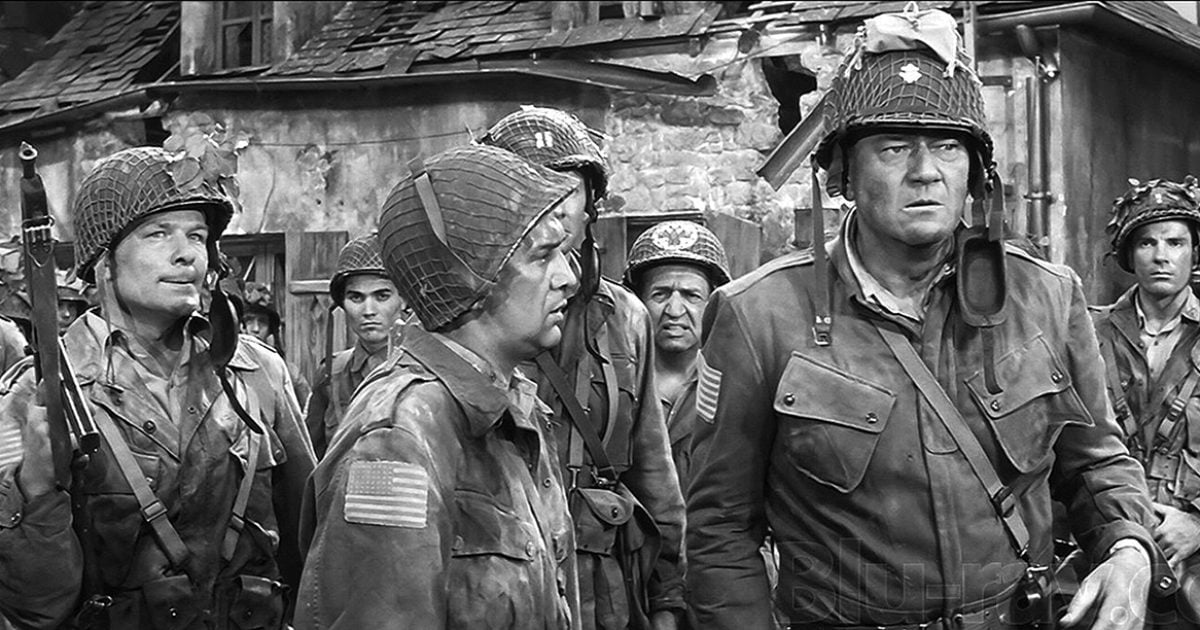
In conclusion, The Longest Day is a monumental achievement in war filmmaking. Its historical accuracy, impressive battle sequences, and star-studded cast make it one of the most significant depictions of D-Day in cinema. The film honors the bravery and determination of the Allied forces while providing a detailed, multifaceted account of one of the most important days in World War II history. Even decades after its release, The Longest Day remains a benchmark for war films and a testament to the enormity of the D-Day invasion.

